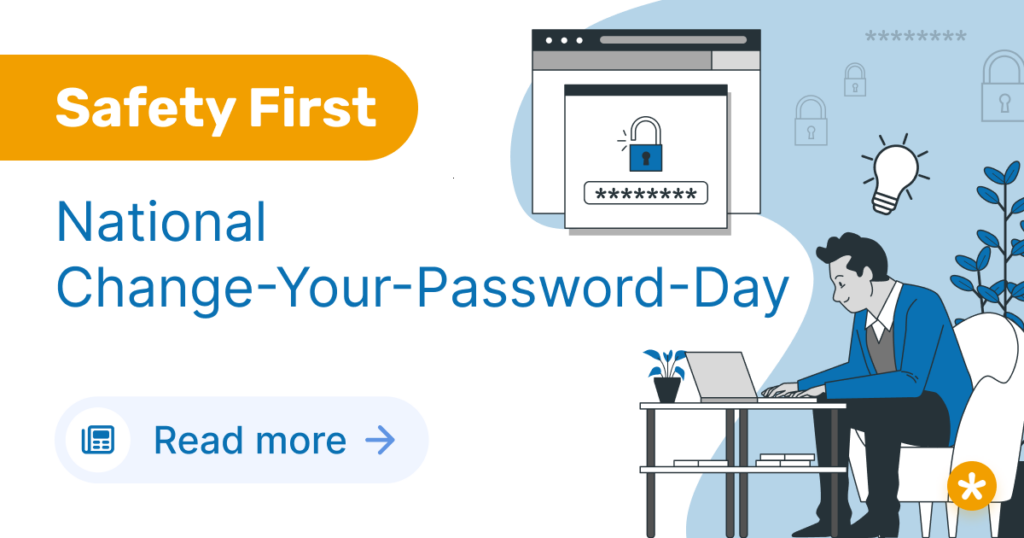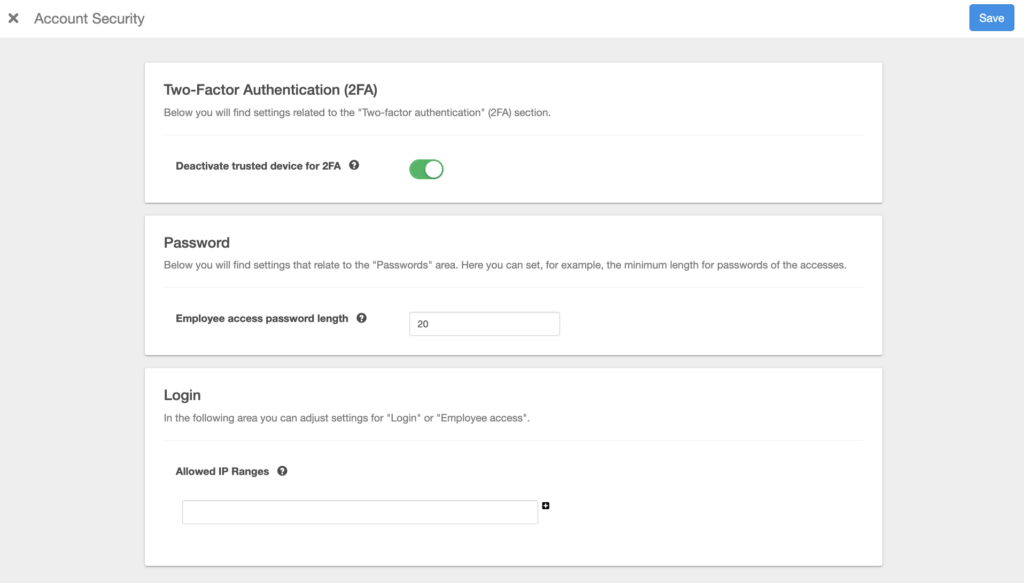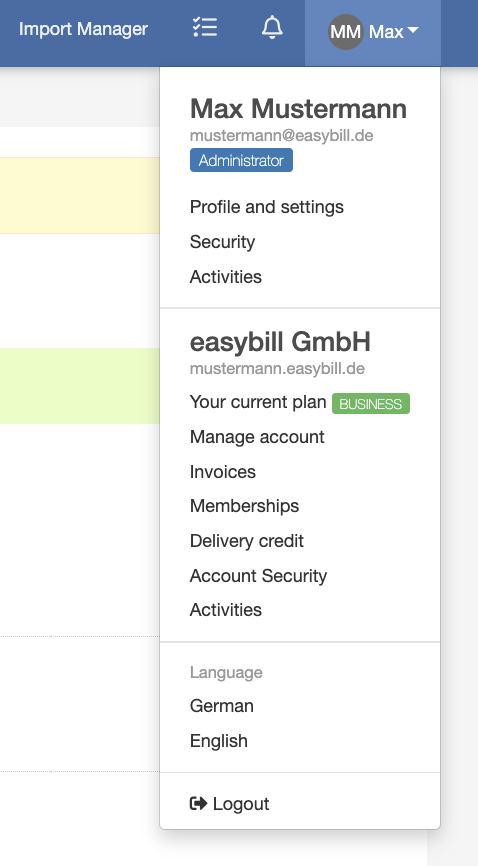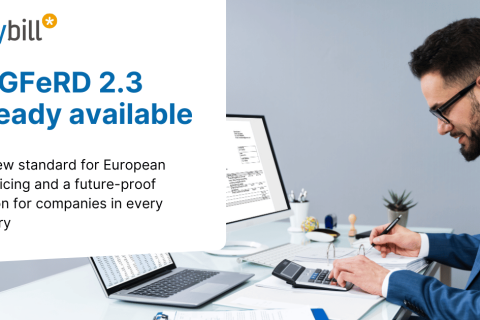
“Change-your-password-day” – you’ve never heard of this day? Is it really necessary that you should still change your password regularly in 2023?
The answer to this is actually: No! In the very past it was indeed necessary and also some systems will still give you the hint nowadays that at regular intervals your password needs to be updated. In fact, however, this opinion has been outdated for quite some time.
Data security is of course a really relevant topic for everyone. For today’s national “change-your-password-day” we take a look at the possibilities to choose a secure password from the very beginning, so that just no changes are necessary.
Table of contents
Change-your-password-day – Why you just don’t change anymore
Let’s put it this way: if you feel caught right now because it occurs to you that your password for your e-mail account was perhaps chosen too simply after all and could even be cracked by your teenage children, you should actually use today as motivation.
For some time now, IT has been convinced that changing the password regularly will tend to make our password as such easier and easier. So it is discouraged to reassign the password at regular intervals. The better alternative: create a secure password right from the start, so that at some point there will probably be no need for the “change-your-password” tag.
Many accounts, many accesses, many passwords – no one can remember them all. The worst option in this case would be to think of one password for several accounts at once. But even if you choose a unique password, how good is it that you can remember it permanently? And then 30 or 40 passwords at once? The alternative? A secure password manager.
Online service password manager
Finding a password of 20 characters, which is then also so secure that it has nothing to do with personal interests, next of kin or favorite pet, is a challenge for many. However, there are enough providers on the market who have made exactly this pain point their business goal.
Services like 1Password, Avira, bitwarden and Co. store all your accesses in one place. You only need your master password to access the manager again. So in the end, you are left with a single password to access all your other secure passwords. These passwords are stored and created in such an encrypted and secure way that access to them should not have a chance.
Which password manager you choose is up to you, of course. Since there are different providers for different areas of application, you should check which service meets your requirements.
Protect account – define password length
“Please use a secure password.” But what exactly is a secure password? Test1234 probably won’t be it, we’re all aware of that. But then, how do I build my password, or the default of my employees’ passwords, to be as secure as possible?
As a general rule, they say that a password under 8 characters is considered insecure. 8 characters or more puts your password in a solid security range. 12 characters would be even better and with a total of 20 characters you are in the absolute top range. Of course, you should also specify how the password should be composed.
Specify combinations of numbers, letters and special characters to further limit the possibility of hacking the password.

How do I change my login password in easybill?
For all of you who have now just woken up, set up a password manager and now need to adjust the easybill login: where can I find this function again in my easybill account?
It’s very simple: click on your user menu in the upper right corner and then on Profile and Settings. Enter your new password here in the Security section.

Especially pay attention to the internal hints if easybill recognizes your password as “secure”. Especially if you are a user and not an admin.
Here you can see at a glance whether you also meet the specifications that, for example, the admin of the account has set for all accesses (number of characters).
easybill shows you tips as follows:
- Add more characters until the password strength is at least “Moderate”.
- Password is not secure.
- Add a special character to your password to strengthen it:
!”#$%&'()*+,-./:;<=>?@[\]^_{|}~
easybill does not allow less than 8 characters.
A little tip on the side: when you enter your password, we already check whether it is in a password database and is thus recognized as a “non-secure” password. Therefore, you cannot save a non-secure password.
For users who have not changed their password for a long time, but after all this time are using a password that, according to the latest checks, has ended up on exactly this database, will receive a blue hint in their account. The admin will also receive a notice if an employee account uses an insecure password.
Account security through employee management
The security of all easybill accounts is our top priority. Accordingly, the easybill BUSINESS package supports the employee management function. The employee management does not mean a management of personnel working hours or similar, but the management of the individual access options of employees to your easybill account.
Since passwords may not be shared with each other, several people within a company can have their own access to the account. These accesses can be restricted via rights management.
Feel free to contact our support team with any questions about the BUSINESS package and employee management.
Read also:
Successful Business Women: Inspirations and Networks
Writing invoices without a trade – Is that possible at all?
Your projects 2023 – via time recording in easybill




